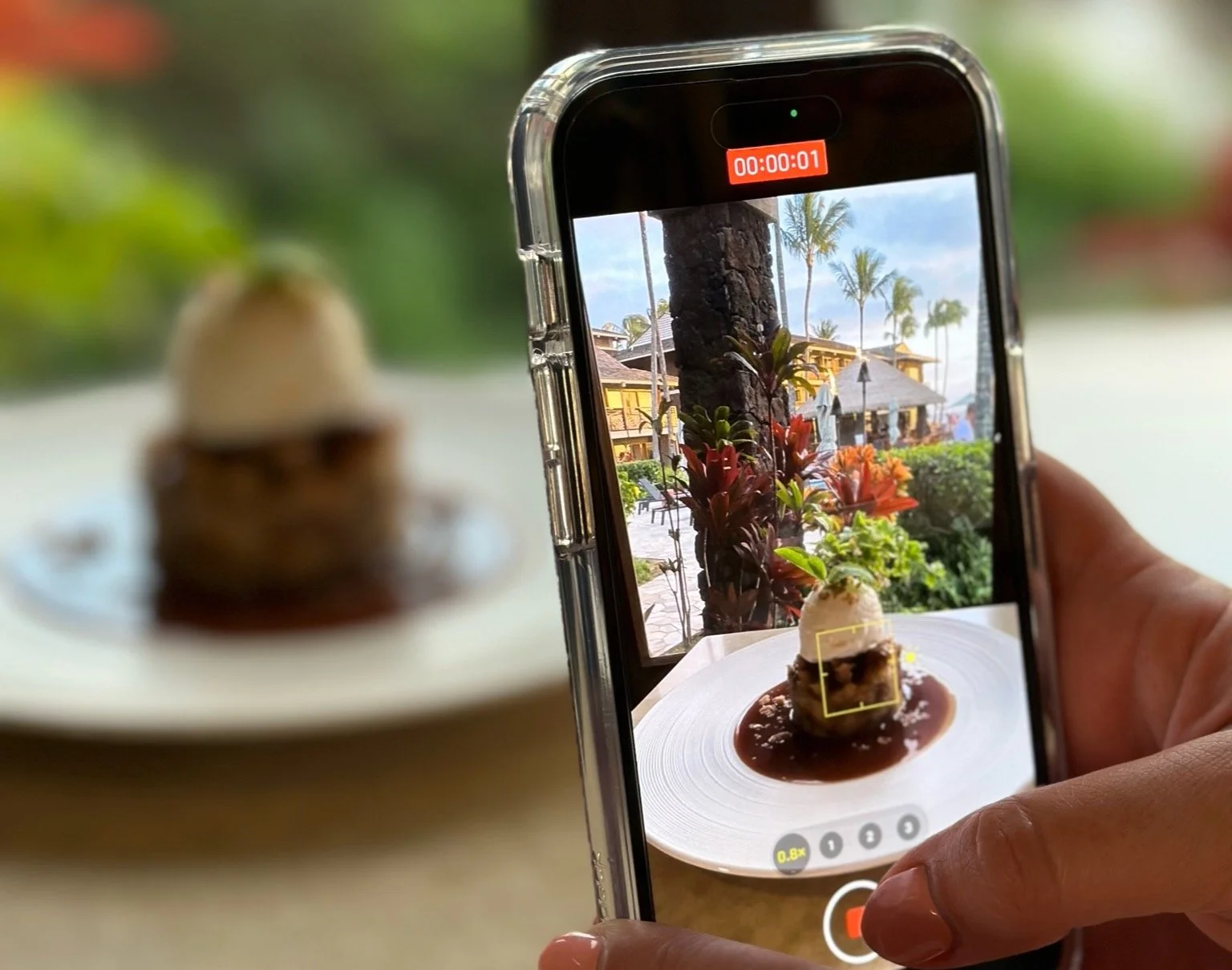2024 Hotel Marketing Ins & Outs
You’ve seen them by now: all of your favorite content creators and agencies sharing their “Ins & Outs of 2024” in short form. We love to leverage social media trends, and when we can cross over from a top-funnel channel like social media, to a mid-funnel channel like our website, all the better. In fact, therein lies our first “in” which you’ll read more about below. In this case, we’re taking the trend a step further by providing a little more substance—something to chew on—when it comes to hotel marketing trends in 2024.
In: Omni-Channel Marketing
As you build out 2024 hotel marketing campaigns, think omni-channel campaign creation. In other words, start with the campaign idea, then figure out how to share that content out on each individual channel. For web, add packages to your offers page, but don’t stop there. Create supplemental content (like a couples’ guide, for instance) where that package could get more clicks. On social, share the content as a reel, remembering that this is a top funnel channel where you’ll inspire many, but convert few. That’s okay, since you have other marketing channels at your disposal.
If time and budget permits, invite an influencer out to experience the package and create a UGC collab reel to expand reach/awareness further. Don’t forget to deliver the offer and message to your email subscribers—the channel that converts the most! Be very clear on your offer, and don’t bog your email down with too much fluff which could limit clicks. Less is more when it comes to email copy, and that’s a trend with staying power.
Out: Design-First Emails
When it comes to email, looks aren’t everything. We’re noticing more and more hospitality brands sending design-first emails—predominantly graphic content with very few text boxes, which comes with its share of issues. While it may look great in desktop, a design-first email doesn’t resonate on mobile where over 60% of recipients are accessing their inboxes. Text that’s part of an image does not adjust to the format of the screen—it shrinks to fit creating readability issues. Graphic-based emails won’t render at all if opened in transit or without a wifi connection. If you’ve ever opened an email that’s all white boxes, this is what’s happened. When you’ve regained a wifi connection, try viewing the email again (that is if you haven’t already deleted it). Design-first emails have lower deliverability rates, lower open rates, and lower click through rates.
In: Mixed Media Carousel Posts
On Instagram, we’ve been beating the drum of reels and collabs for the last two years. While both are still critically important, we’re seeing a new iteration of “photo dump” carousels that include video content. By creating “Mixed Media Carousels,” we create more engagement on posts. The math is simple: videos earn longer views than static posts, and that’s not all. Have you ever noticed how a single static image post is served once—and if you don’t engage with it, you won’t see it again? But with carousels, if you don’t react to the first image in the carousel, Instagram will serve another image (or video), giving the post another shot at engagement. You’ll see our social team posting an aesthetic opening shot followed by UGC-style video content as second or third slides within carousels this year.
Out: 30 Hashtags
There was a time not so long ago when we gave away 100+ hotel hashtags as a lead magnet to win over hotel clients. In the last six months, 30+ hashtags per post is no longer our recommendation—not even close. For a decade or more, Instagram heavily relied on the hashtag model to slice, dice, and serve content. But, as with any tech, people figured out how to use (and misuse) hashtags to their advantage. Then came the banning of certain hashtags. Instagram needed to find a better way to understand what people were posting, and how to serve the right content to the right audiences.
In fall of 2023, we noticed “topics” appear as an option when posting a reel. We were prompted to select three topics that helped to describe or identify the contents of our reel. Topics include things like tourism, restaurants, attractions—categories to help Instagram understand the content we’re sharing and the audience we’re looking to reach.
Additionally, we noticed creators starting to use SEO-style keywords in their captions in addition to hashtags. Anecdotally, our own scrolling habits changed, too. We were more likely to save content to folders for prospective travel/trips, recipes, and inspiration, than follow new accounts—using Instagram’s saved folders like Pinterest boards. This change in the way we were using Instagram meant that as creators for hotel accounts, we needed to be more thoughtful about keywords and hashtags.
We’ve reduced our recommendation from 30 hashtags per post to 5-10, then 3-5, and now we alternate between 2-3 keywords and 2-3 hashtags on most posts. The other rules of engagement remain the same—create shareable content, post to Stories for more views, tag DMOs and brands where appropriate, and bake regular video content into your social strategy—for optimal monthly impressions and slow but steady organic growth.
Where Do We Go From Here?
As we bid farewell to 30 hashtags and design-heavy emails, we wave hello to the future of social—creating content that’s easy to find, fun to digest, and worth holding onto (saving or sharing)—to increase impressions and grow awareness among future guests. When it comes to marketing hotels, keep in mind that social media is one small top-funnel piece of the puzzle, and while it’s highly visible and key to brand building, your hotel marketing strategy should include omni-channel campaigns—sharing the campaign appropriately across your website, email, and social channels for the biggest impact and the best results.
Would you add something to this list? Let us know.


